Supreme Court Could Gut Trump’s Tariffs — But Don’t Expect Prices To Drop – Financial Freedom Countdown
The Supreme Court is weighing one of the most consequential economic cases in years; and the outcome could reshape the balance of power between Congress and the presidency.
At issue: whether President Donald Trump overstepped his authority by using emergency powers to impose sweeping tariffs on imports from nearly every country on earth.
During tense oral arguments, several justices; including Chief Justice John Roberts and Justice Neil Gorsuch expressed deep skepticism about Trump’s use of the International Emergency Economic Powers Act (IEEPA) to justify blanket tariffs. The law was originally designed for sanctions during national emergencies, not taxation.
Still, even if the Court rules against Trump, trade experts warn that the global tariff regime he built won’t vanish overnight; and Americans shouldn’t expect a sudden drop in prices.
Trump’s Tariffs Under Fire
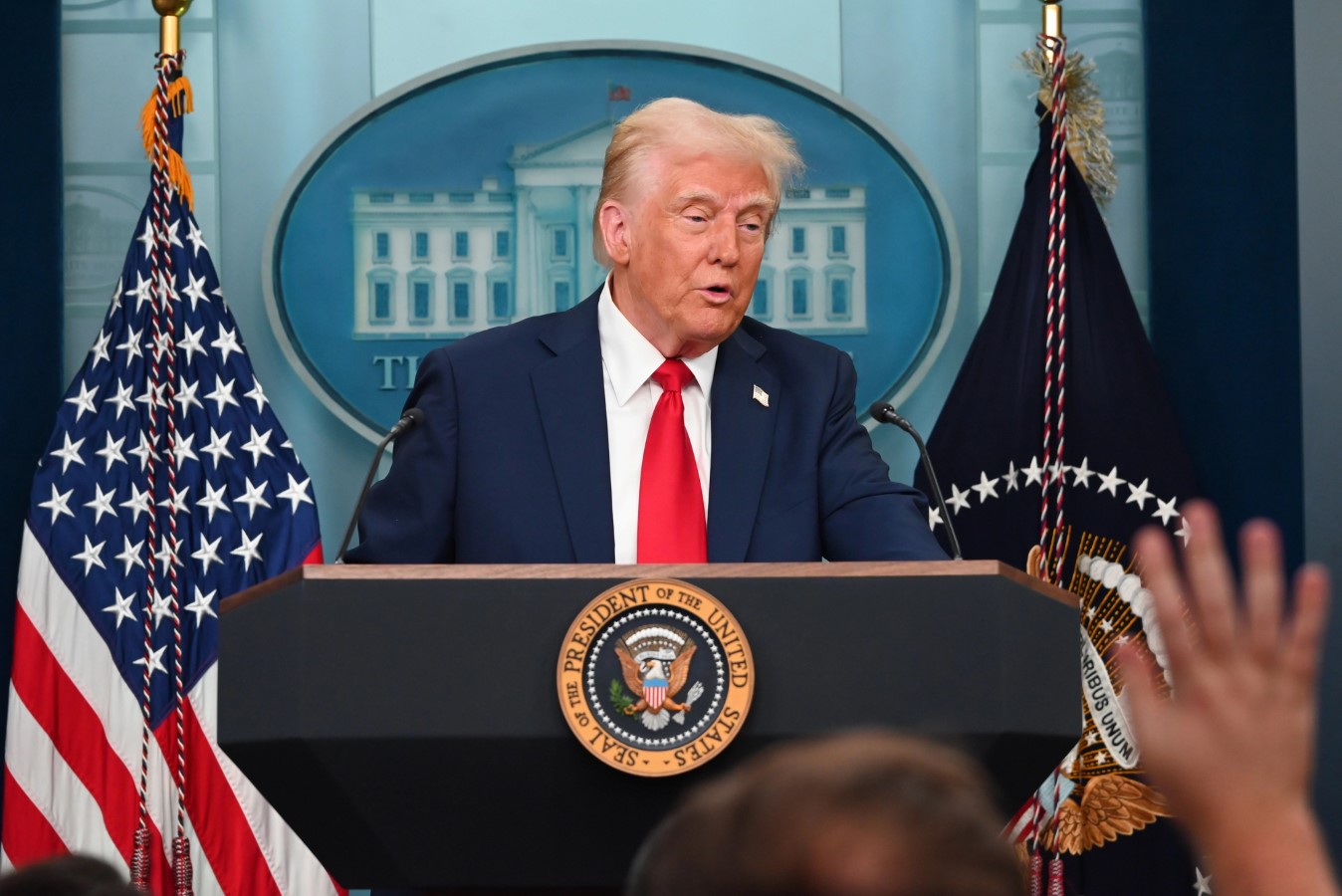
Since returning to the White House, Trump has used his broad interpretation of IEEPA to slap tariffs averaging 17.9%; the highest since 1934 on imports from most countries.
He argues that chronic U.S. trade deficits amount to a national emergency and justify immediate, unilateral action.
But critics; including small business groups and constitutional scholars; say Trump’s “reciprocal tariffs” are an unconstitutional power grab that blurs the separation of powers between Congress and the executive branch.
The Supreme Court’s Skeptical Tone

In three hours of oral arguments, multiple justices seemed unconvinced that IEEPA gave the president power to tax imports.
Roberts noted that the word “tariff” doesn’t appear anywhere in the law and called tariffs “a tax — and taxation is Congress’s domain.”
Justice Gorsuch echoed that sentiment: “The power to reach into the pockets of the American people is just different, and it’s been different since the founding.”
Even several conservative justices; typically sympathetic to executive power appeared wary of Trump’s sweeping claim of authority.
Tariffs Haven’t Driven Prices as Much as Expected

For consumers hoping the Court’s ruling will lower prices, economists say: don’t count on it.
Inflation has remained stubbornly moderate despite record-high import duties.
U.S. government data shows tariffs have raised prices for specific categories; like shoes, furniture, and appliances, but the overall inflation rate sits near 3%, far below the pandemic-era peak of 9%.
Analysts say businesses have absorbed around 80% of the tariff costs, limiting direct price hikes for consumers.
But that comes with a hidden cost: weaker profits and slower job growth.
Why Tariffs’ Impact Has Been Limited
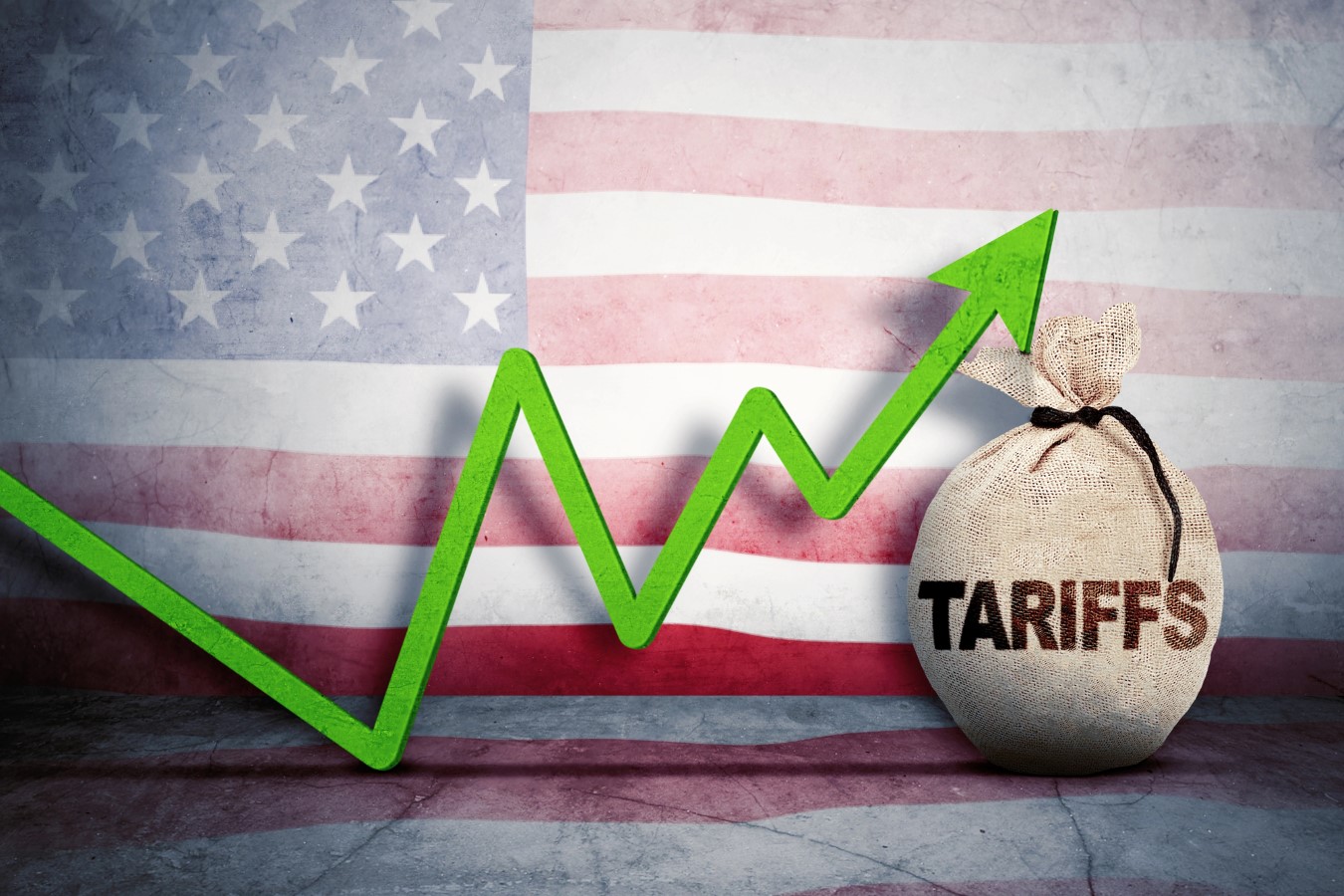
Several factors have softened the blow of Trump’s tariffs:
Implementation delays: Trump postponed several major tariffs multiple times.
Stockpiling: Companies imported extra goods ahead of deadlines.
Limited retaliation: Most countries, except China, didn’t respond with heavy tariffs.
Corporate cushioning: Firms absorbed costs rather than risk losing customers.
The net result: mild inflation, but potentially lasting harm to investment and hiring.
Business Confidence Hangs in the Balance
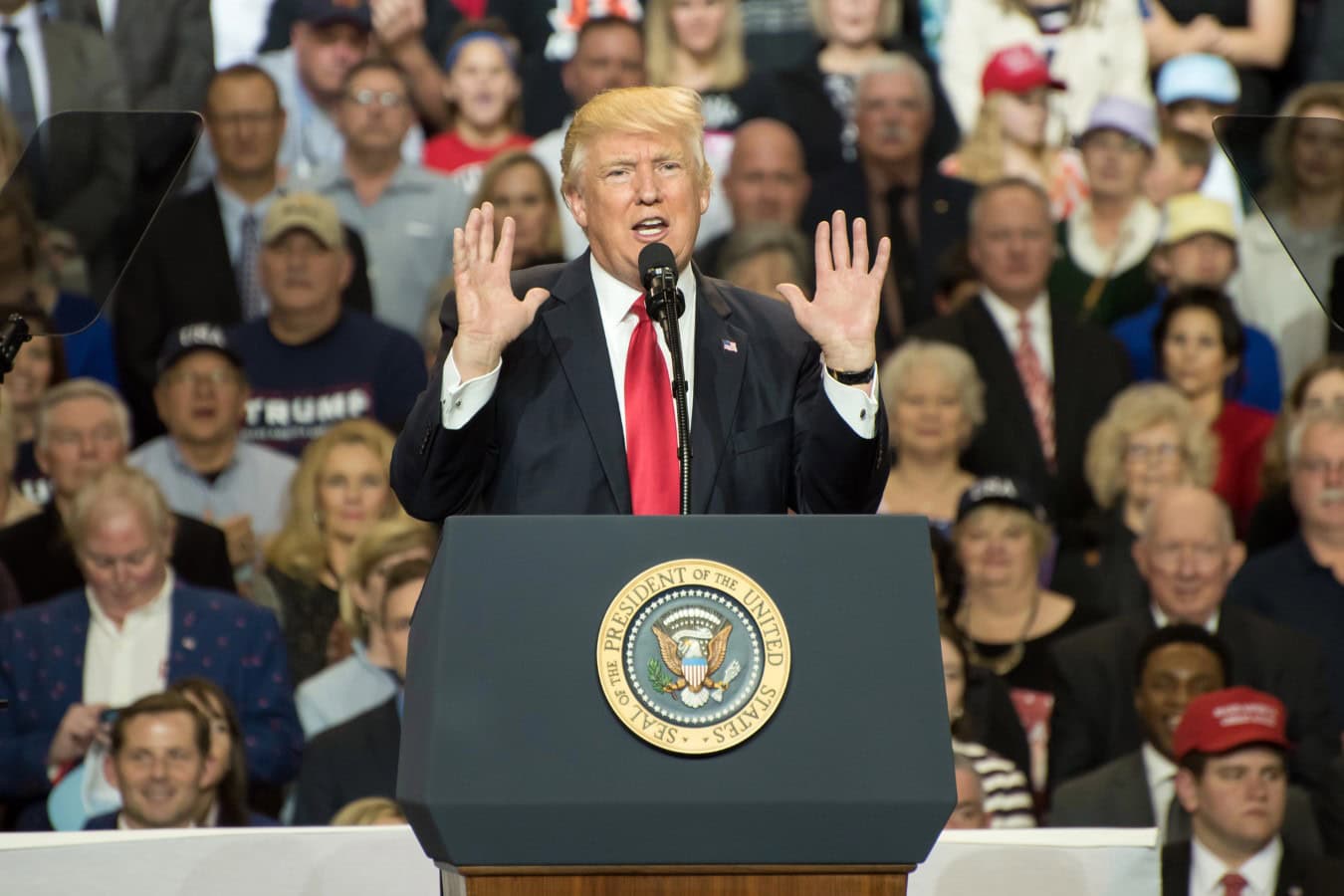
Markets are watching the Supreme Court case closely.
Treasury officials warn that striking down Trump’s tariffs could unsettle investors and dent market confidence.
“To the extent that the policy would be reversed or watered down, that would damage financial markets,” Counselor to the Treasury Secretary Joe Lavorgna said this week in an interview with Yahoo Finance.
“You’ve seen record high equity markets, record low credit spreads. You’ve seen commitments by all different countries and companies to invest in the US.” “It would damage confidence. The economic system — capitalism — works on confidence,” he added.
Yet some economists, counter that uncertainty over tariff legality has already chilled business activity.
A clear ruling, he said, could restore stability, even if it reduces near-term revenue.
A “Game Two Plan” Already in the Works
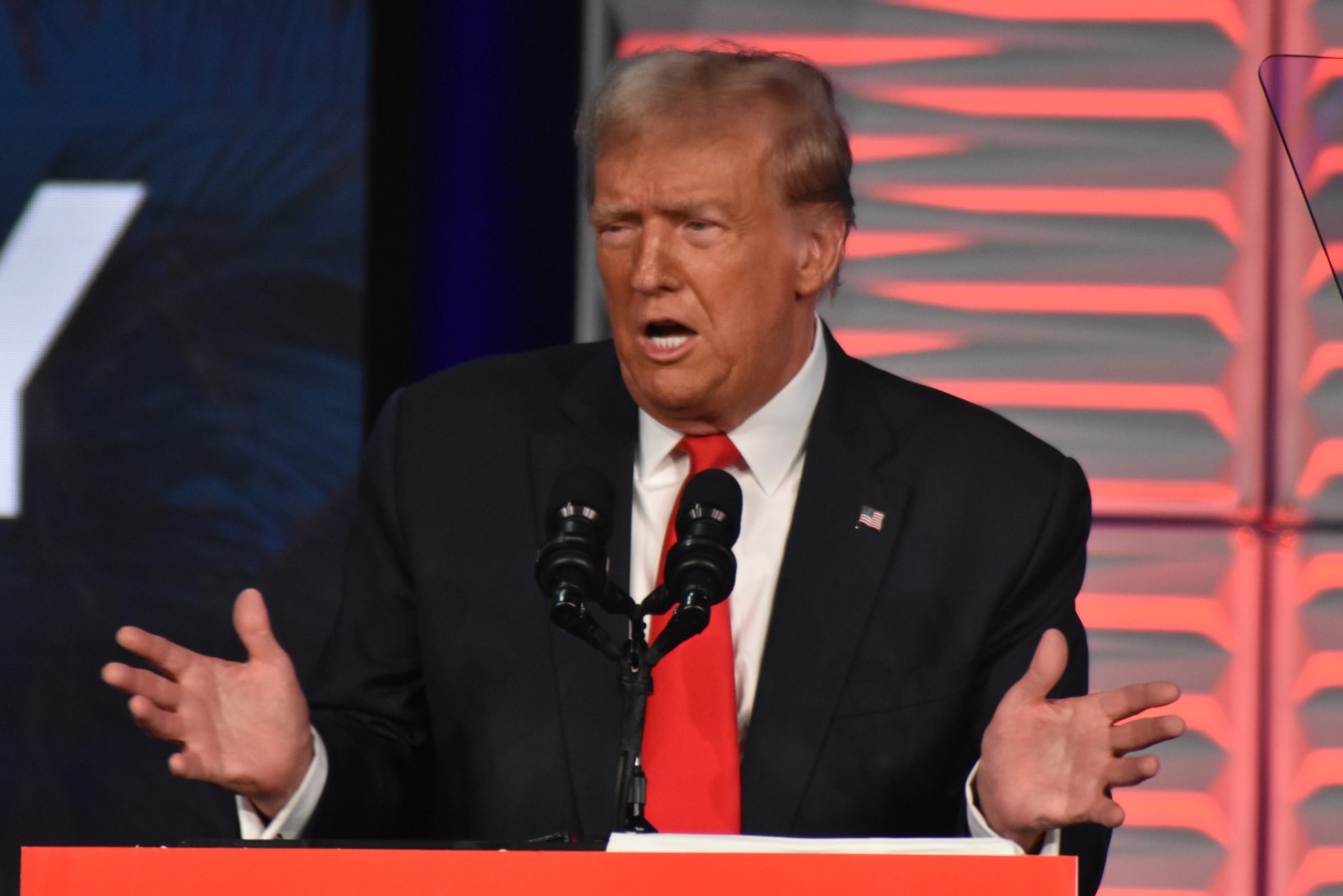
Trump has already vowed to find another path if the Court rules against him.
“We’ll have to develop a ‘game two plan,’” he said after the hearing, hinting at alternative trade laws that still give him tariff powers.
Treasury Secretary Scott Bessent confirmed that the administration has contingency plans ready. If the Court dismantles the IEEPA tariffs, Trump can quickly pivot to older authorities that remain untouched by the lawsuit.
Trump’s Remaining Tariff Tools

Even without IEEPA, Trump can rebuild much of his tariff structure using a patchwork of existing laws — some dating back nearly a century:
Section 232 (Trade Expansion Act of 1962): Allows tariffs on national security grounds. Trump already used it to tax steel, aluminum, and even furniture.
Section 301 (Trade Act of 1974): Targets countries with “unfair trade practices.” This was the basis for Trump’s original China tariffs.
Section 122 (Trade Act of 1974): Permits temporary 15% tariffs for 150 days to address trade imbalances.
Section 338 (Tariff Act of 1930): Authorizes up to 50% tariffs on countries discriminating against U.S. exports; never used, but legally valid.
As law professor experts put it: “It’s hard to see any pathway here where tariffs end.”
A Constitutional Clash Over the “Power of the Purse”

At its core, the case isn’t just about trade policy; it’s about who gets to tax Americans.
The Constitution clearly assigns that authority to Congress, not the president.
If the justices strike down Trump’s broad emergency tariffs, it would be a major reaffirmation of congressional power.
But critics worry it could also tie future presidents’ hands during genuine crises.
The Refund Nightmare That Could Follow
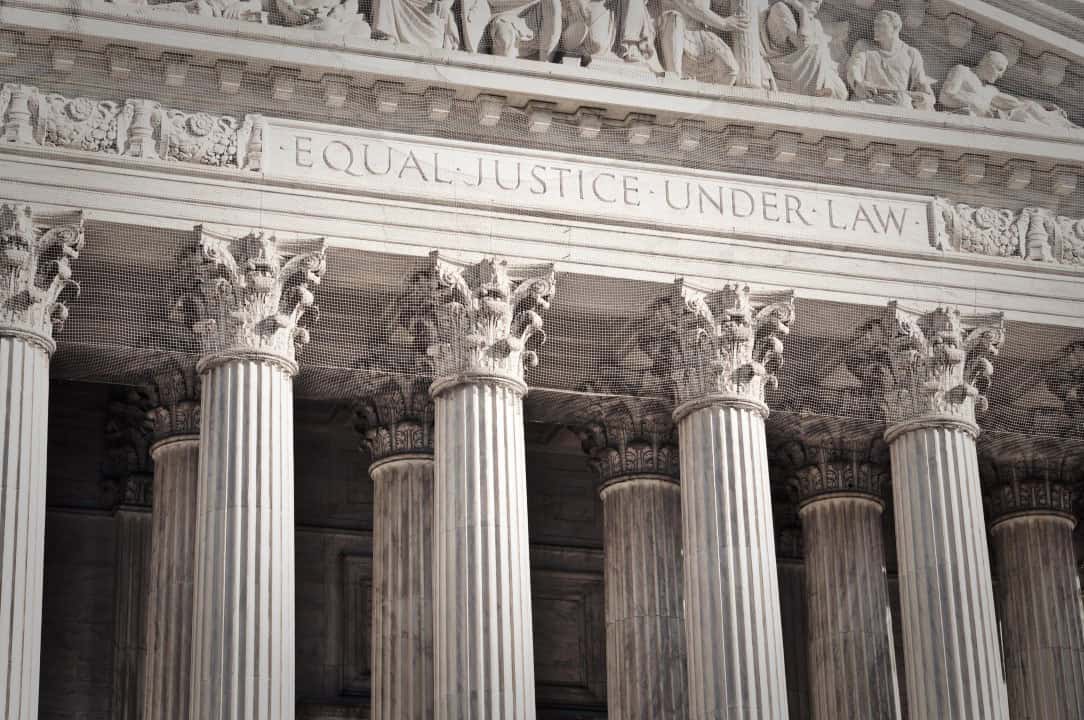
If Trump loses, companies that paid billions in tariffs could demand refunds; a logistical and legal nightmare.
Justice Amy Coney Barrett warned that such a process “could be a mess.”
Businesses might have to file thousands of individual claims with Customs and Border Protection, which could take a year or more to process.
Trade attorneys predicts “major new court challenges” from importers seeking their money back, potentially flooding lower courts.
The Global Trade Uncertainty Isn’t Going Away
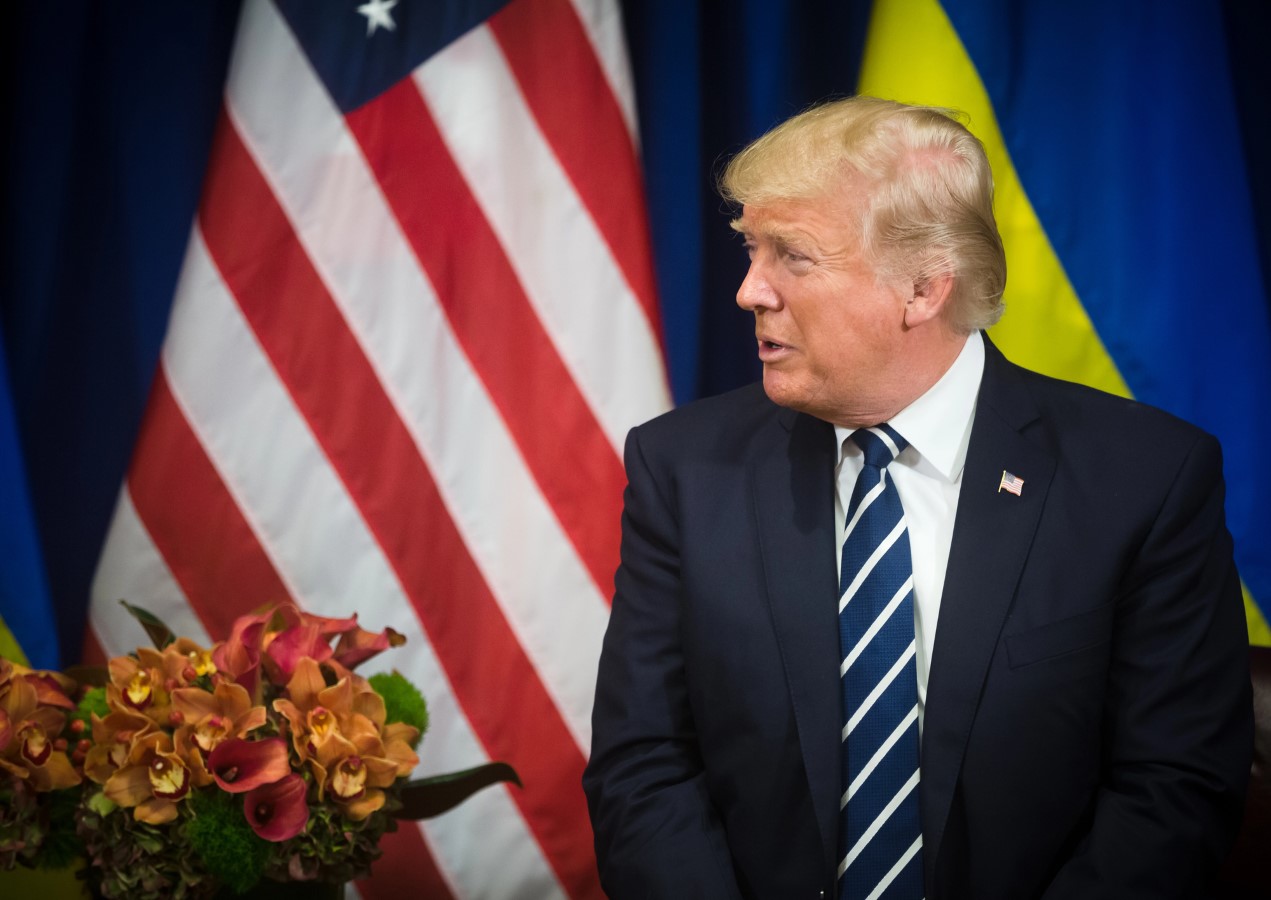
Even a decisive Supreme Court ruling may not bring clarity. Companies are bracing for years of policy whiplash as Trump shifts between trade statutes, each with its own rules and timelines.
Trade analyst are calling a potential loss “only a temporary setback” to Trump’s trade agenda, noting that alternative tariff powers could be reactivated within months.
“The bureaucratic complexity will prolong uncertainty “Another round of trade negotiations in 2026 is very likely.”
Democrats Call the Tariffs “Disastrous”

Not everyone is worried about Trump losing in court.
Democratic Sen. Elizabeth Warren, the ranking member of the Senate Banking Committee, called Trump’s economic policies — including tariffs — “disastrous” and said they’ve “driven up costs of everything from groceries to farm equipment to car repairs.”
“The Supreme Court should strike down Trump’s reckless tariffs and force him to follow the law. If they do not, American families and small businesses will continue paying the price,” Warren said in a statement to Yahoo Finance.
What Happens Next
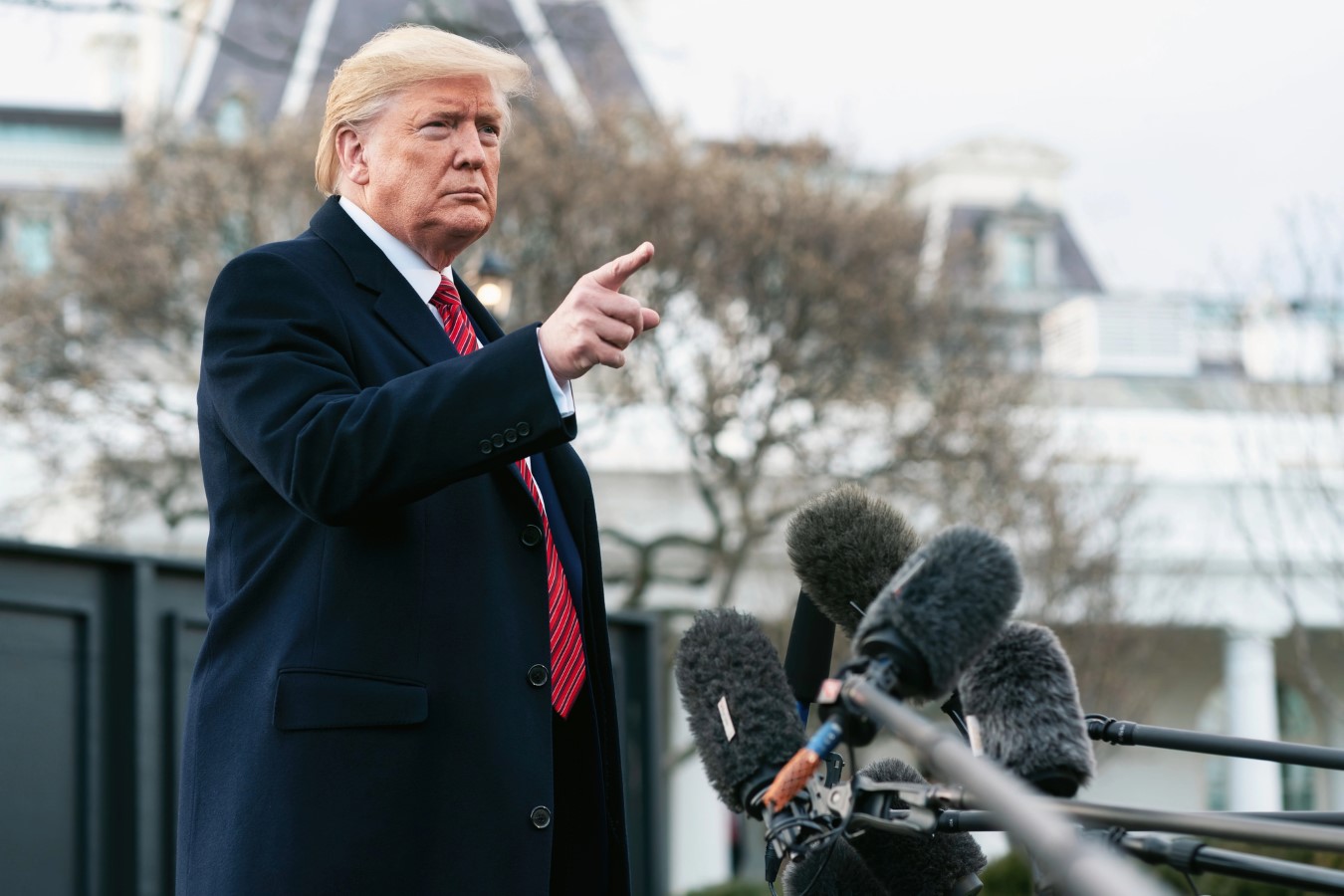
A ruling isn’t expected until early 2026. In the meantime, Trump’s tariffs remain in place and he’s already threatening new rounds, depending on trade and foreign policies.
If the Supreme Court strikes them down, the president will almost certainly rebuild a similar system using other statutes.
As one trade expert put it: “The faces may change, but the tariffs aren’t going anywhere.”
The High-Stakes Showdown Over Trump’s Tariff Powers

Whether the Supreme Court sides with Trump or not, Americans shouldn’t expect relief at the checkout line.
Tariffs have become a cornerstone of U.S. economic policy; and dismantling them would be far messier, slower, and less impactful than most imagine.
Like Financial Freedom Countdown content? Be sure to follow us!
Big 2026 Refunds Ahead as Trump’s Tax Bill Kicks In, JPMorgan and Oxford Economics Say
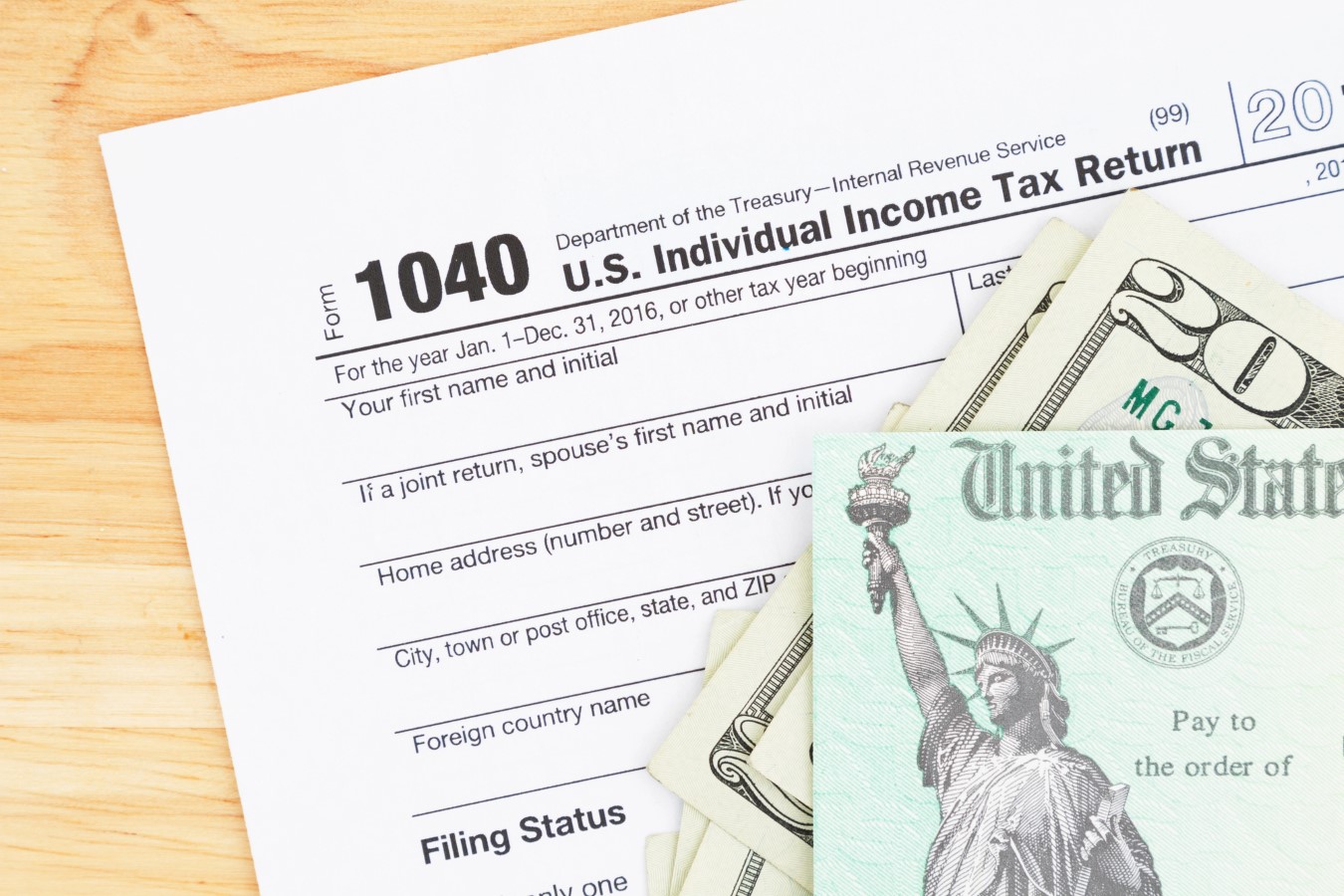
Millions of Americans could see significantly larger tax refunds when they file their 2025 returns early next year; and both Oxford Economics and JPMorgan Asset Management say the surge is real. The driver behind the coming “refund wave” is former President Donald Trump’s “One Big Beautiful Bill Act,” a sweeping tax overhaul that took effect retroactively at the start of 2025. Both research firms say the combination of new deductions, delayed IRS withholding adjustments, and expanded tax breaks will result in tens of billions in overpaid taxes being refunded in 2026. Oxford Economics estimates that total taxpayer savings could reach $50 billion through bigger refunds or lower 2026 tax bills. JPMorgan’s strategists say the early-year refund bump could be strong enough to noticeably lift household spending and short-term economic growth.
Big 2026 Refunds Ahead as Trump’s Tax Bill Kicks In, JPMorgan and Oxford Economics Say

The Social Security Administration announced that monthly benefits will increase by 2.8% in 2026, slightly above this year’s 2.5% cost-of-living adjustment (COLA). While the news might sound positive, many seniors say it’s far from enough to keep pace with the surging cost of everyday necessities.
Social Security’s 2.8% COLA Raise Could Be Wiped Out by Soaring Medicare Costs, Experts Warn
Treasury Hikes I Bond Rate to 4.03%, Yet Fixed Portion Drops — Here’s What It Means for Savers

The U.S. Treasury has announced a new 4.03% rate for Series I savings bonds, slightly higher than the previous 3.98%. But beneath the bump lies a subtle setback: the fixed-rate portion has slipped to 0.9% from 1.1%. That quiet change could reduce long-term returns for investors hoping to lock in inflation-protected income, even as I bonds remain one of the safest options for conservative savers.
Treasury Hikes I Bond Rate to 4.03%, Yet Fixed Portion Drops — Here’s What It Means for Savers
Why Many Seniors Are Ditching Medicare Advantage for Medigap; Even With Higher Premiums

As Medicare open enrollment heats up, millions of seniors are facing one of the most consequential financial decisions of retirement: whether to stay with a Medicare Advantage plan or switch to a Medicare supplemental policy; better known as Medigap. The choice doesn’t just determine monthly costs; it can also affect access to doctors, treatment options, and out-of-pocket spending for years to come.
Why Many Seniors Are Ditching Medicare Advantage for Medigap; Even With Higher Premiums

John Dealbreuin came from a third world country to the US with only $1,000 not knowing anyone; guided by an immigrant dream. In 12 years, he achieved his retirement number.
He started Financial Freedom Countdown to help everyone think differently about their financial challenges and live their best lives. John resides in the San Francisco Bay Area enjoying nature trails and weight training.
Here are his recommended tools
Personal Capital: This is a free tool John uses to track his net worth on a regular basis and as a retirement planner. It also alerts him wrt hidden fees and has a budget tracker included.
Platforms like Yieldstreet provide investment options in art, legal, real estate, structured notes, venture capital, etc. They also have fixed-income portfolios spread across multiple asset classes with a single investment with low minimums of $10,000.